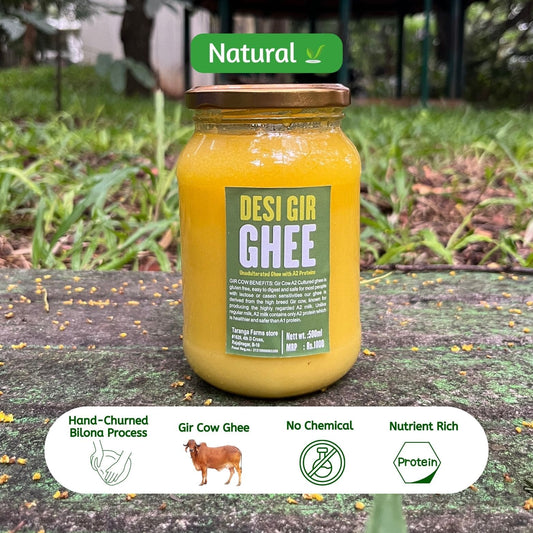Sustainable Development Goals - Organic Tap

How Organic tap contributes to several SDGs including:
SDG 2: Zero Hunger

Target: 2.3 By 2030, double the agricultural productivity and incomes of small-scale food producers, in particular women, indigenous peoples, family farmers, pastoralists and fishers, including through secure and equal access to land, other productive resources and inputs, knowledge, financial services, markets and opportunities for value addition and non-farm employment
Indicator: 2.3.2 Average income of small-scale food producers, by sex and indigenous status
Target: 2.4 By 2030, ensure sustainable food production systems and implement resilient agricultural practices that increase productivity and production, that help maintain ecosystems, that strengthen capacity for adaptation to climate change, extreme weather, drought, flooding and other disasters and that progressively improve land and soil quality.
Indicator: 2.4.1 Proportion of agricultural area under productive and sustainable agriculture.
Target: 2.5 By 2020, maintain the genetic diversity of seeds, cultivated plants and farmed and domesticated animals and their related wild species, including through soundly managed and diversified seed and plant banks at the national, regional and international levels, and promote access to and fair and equitable sharing of benefits arising from the utilization of genetic resources and associated traditional knowledge, as internationally agreed
Indicator: 2.5.1 Number of (a) plant and (b) animal genetic resources for food and agriculture secured in either medium- or long-term conservation facilities
SDG 6: Clean water and Sanitation

Target: 6.3 By 2030, improve water quality by reducing pollution, eliminating dumping and minimizing release of hazardous chemicals and materials, halving the proportion of untreated wastewater and substantially increasing recycling and safe reuse globally
Indicator: 6.3.1 Proportion of domestic and industrial wastewater flows safely treated
6.3.2 Proportion of bodies of water with good ambient water quality
Target: 6.4 By 2030, substantially increase water-use efficiency across all sectors and ensure sustainable withdrawals and supply of freshwater to address water scarcity and substantially reduce the number of people suffering from water scarcity
Indicator: 6.4.1 Change in water-use efficiency over time
6.4.2 Level of water stress: freshwater withdrawal as a proportion of available freshwater resources
Target: 6.5 By 2030, implement integrated water resources management at all levels, including through transboundary cooperation as appropriate
Indicator: 6.5.1 Degree of integrated water resources management
6.5.2 Proportion of transboundary basin area with an operational arrangement for water cooperation
SDG 8: Decent Work and Economic Growth

Target: 8.4 Improve progressively, through 2030, global resource efficiency in consumption and production and endeavour to decouple economic growth from environmental degradation, in accordance with the 10-Year Framework of Programmes on Sustainable Consumption and Production, with developed countries taking the lead
Indicator: 8.4.1 Material footprint, material footprint per capita, and material footprint per GDP
8.4.2 Domestic material consumption, domestic material consumption per capita, and domestic material consumption per GDP
SDG 12: Responsible Consumption and production patterns

Target: 12.3 By 2030, halve per capita global food waste at the retail and consumer levels and reduce food losses along production and supply chains, including post-harvest losses
Indicator: 12.3.1 (a) Food loss index and (b) food waste index
SDG 13: Climate Action.

Target: 13.2: Integrate climate change measures into national policies, strategies and planning
Indicator: 13.2.2 Total greenhouse gas emissions per year
SDG 15: Life on Land.

Target: 15.3 By 2030, combat desertification, restore degraded land and soil, including land affected by desertification, drought and floods, and strive to achieve a land degradation- neutral world
Indicator: 15.3.1 Proportion of land that is degraded over total land area
Target: 15.8 By 2020, introduce measures to prevent the introduction and significantly reduce the impact of invasive alien species on land and water ecosystems and control or eradicate the priority species
Indicator: 15.8.1 Proportion of countries adopting relevant national legislation and adequately resourcing the prevention or control of invasive alien species
Here is the link for your reference: https://sdgs.un.org/goals
Note: Like the picture below, we can mention such icons on our website, the link below contains the guidelines and resources, how the logo should/should not be used.
https://www.un.org/sustainabledevelopment/news/communications-material/
Featured collection
-
A2 Gir Cow Ghee - Organic
500 gmsOut of stockRegular price ₹999.00Regular priceUnit price per₹999.00Sale price ₹999.00 -
Organic Wheat Flour
1 kgOut of stockRegular price ₹100.00Regular priceUnit price per₹100.00Sale price ₹100.00 -
Cold Pressed(Wood Pressed)Groundnut Oil
1 litOut of stockRegular price ₹399.00Regular priceUnit price per₹399.00Sale price ₹399.00
-
A2 Gir Cow Ghee - Organic
500 gmsOut of stockRegular price ₹999.00Regular priceUnit price per₹999.00Sale price ₹999.00 -
Organic Wheat Flour
1 kgOut of stockRegular price ₹100.00Regular priceUnit price per₹100.00Sale price ₹100.00




